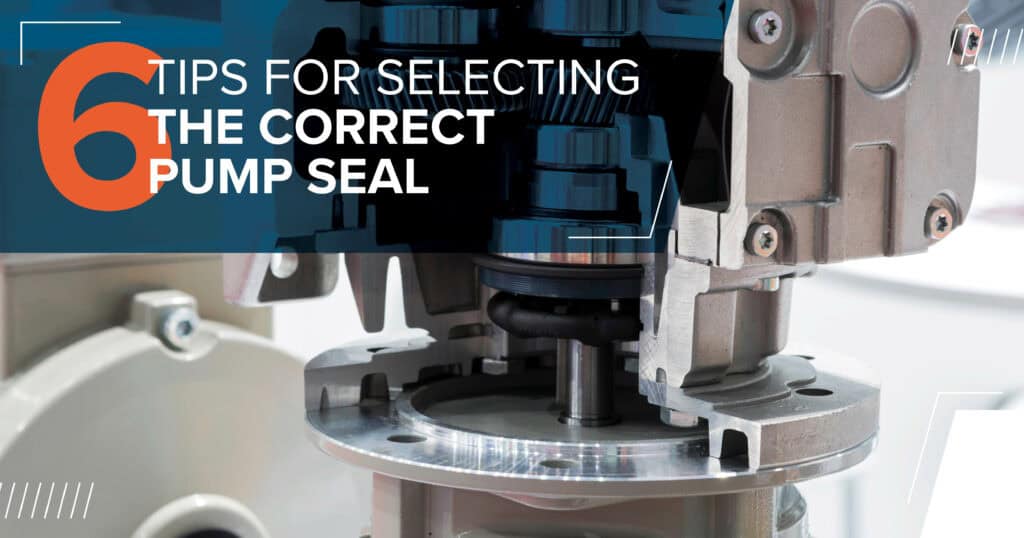Selecting the correct pump seal is crucial to ensure optimal system performance, preventing costly breakdowns and extending the lifespan of your pump equipment. Pump seals are designed to maintain pressure. They are also critical for containing the pumped fluid and preventing leaks that could damage equipment or cause environmental issues. Here are some essential tips to guide you in choosing the proper pump seal for your application.
1. Understand Your Pumping Environment
The first step in selecting the correct pump seal is to thoroughly understand the conditions in which your pump will operate. First, identify the characteristics of the fluid being pumped. Factors to understand include pH, viscosity, temperature, and corrosiveness. Handling highly acidic or caustic solutions may require specialized seals made from corrosion-resistant materials. High temperatures and pressures can also affect seal performance. Ensure the seal material and design are rated to withstand your system’s specific temperature and pressure requirements.
2. Select the Right Type of Seal
Choose from various types of seals; each is suited to different applications:
- Mechanical Seals. These are widely used for their reliable performance and are especially ideal for high-pressure environments. They consist of a rotating part and a stationary part that work together to minimize leaks.
- Gland Packing. While less efficient than mechanical seals, gland packing is cost-effective and simpler to install. It is best suited for lower-pressure applications.
- Cartridge Seals. Preassembled and factory-tested, cartridge seals simplify installation and maintenance. They can be a great option for reducing downtime and human error during installation.
3. Consider Material Compatibility
Material compatibility is essential to ensure the seal will not degrade or fail prematurely as a result of exposure to the pumped fluid. Common materials for pump seals include elastomers, metals, and ceramic or carbon graphite. Different elastomers offer varying resistance to chemicals, temperatures, and abrasion. Choose one that matches the properties of the fluid. For seal casings, corrosion-resistant metals like stainless steel are commonly used. Meanwhile, graphite materials are used for their excellent thermal stability and low friction properties.
4. Evaluate Seal Configuration
The seal’s configuration can influence its effectiveness. The most common configurations include:
- Single Seals. Cost-effective and straightforward, single seals work for most general applications. However, they may not be ideal for highly abrasive or toxic fluids.
- Double (or Dual) Seals. These are used when handling hazardous or volatile fluids. They generally offer added protection and can handle more extreme conditions. Most dual seals use a barrier or buffer fluid to enhance their sealing capabilities.
5. Assess Maintenance and Repair Considerations
Long-term maintenance and ease of replacement are essential considerations for choosing the best seal. Mechanical seals that require frequent adjustments or are difficult to access for repair or replacement can lead to higher labor costs and increased downtime.
6. Consult with Pump Experts
When in doubt, consult with a pump or seal specialist to guide your selection. Experienced professionals like our team at DXP Pacific can choose the precise seal based on your system’s specific requirements. We’re happy to offer valuable insights into newer technologies or alternative materials that may better suit your application or fluid characteristics.
For all your pump seal selection, installation, maintenance, and repair needs, contact DXP Pacific today.

